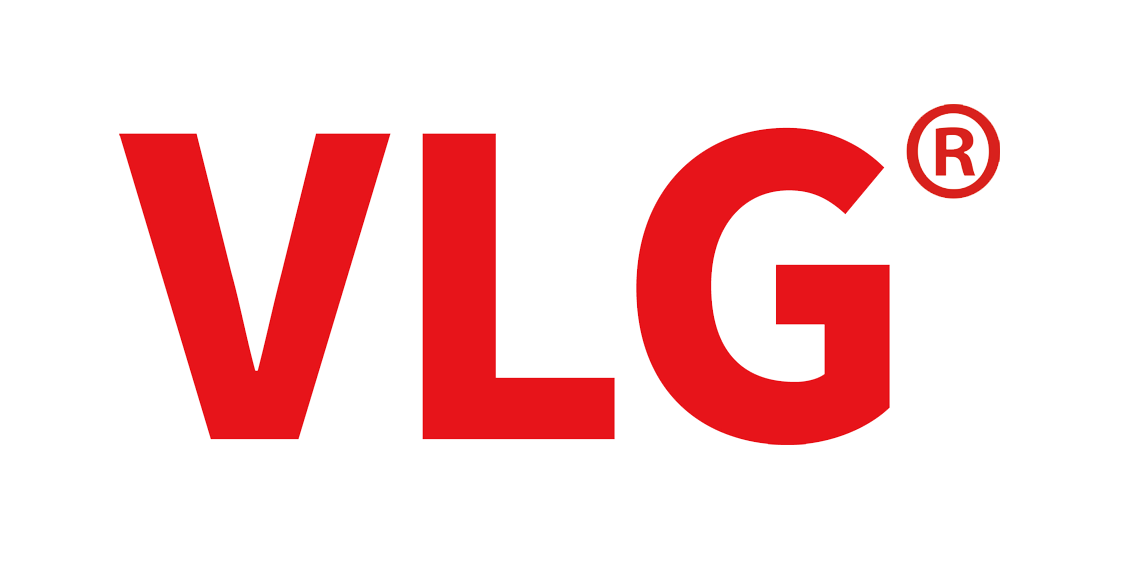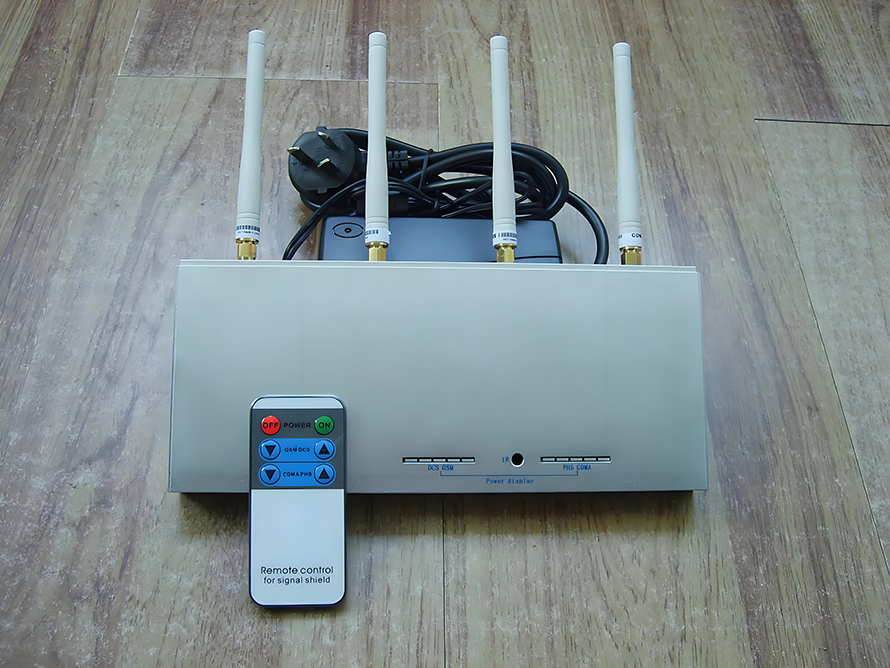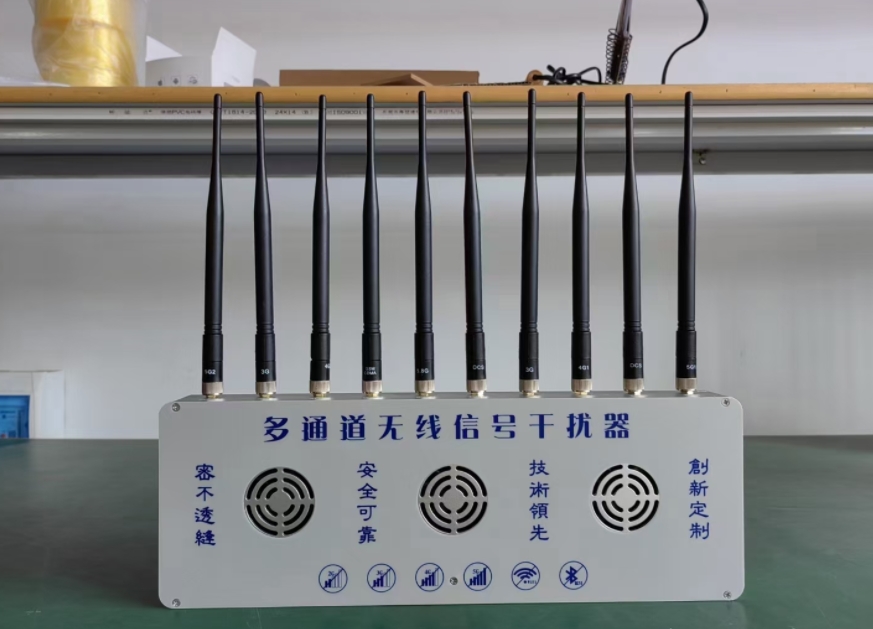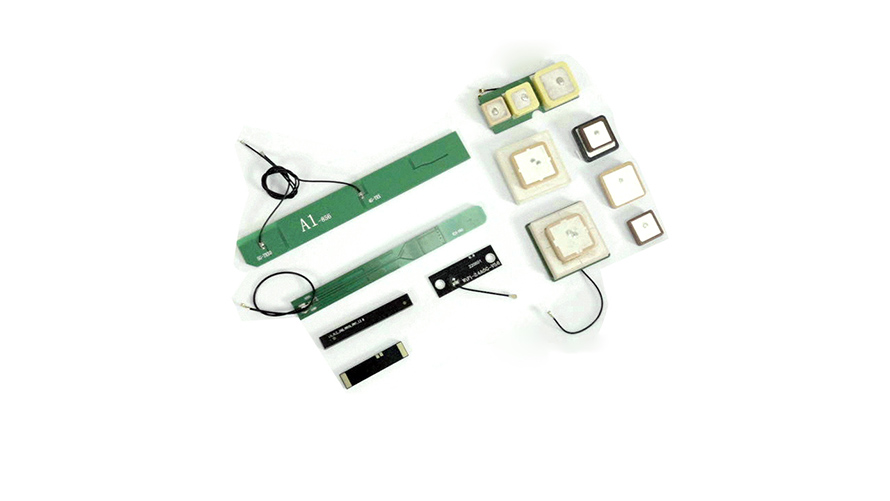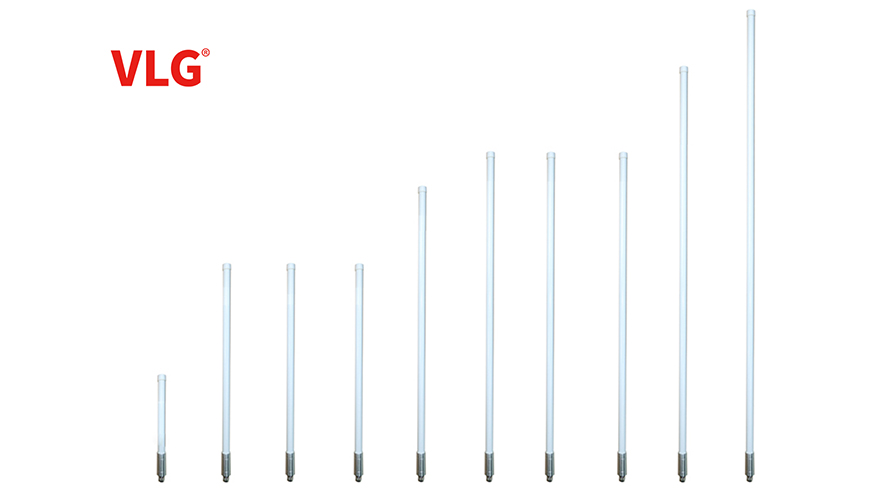The number of college entrance examination in 2024 is 13.42 million, today is the college entrance examination, the morning Chinese exam has passed, first of all, I wish all the candidates, the plenary session of the exam, all right! Come on, college students!
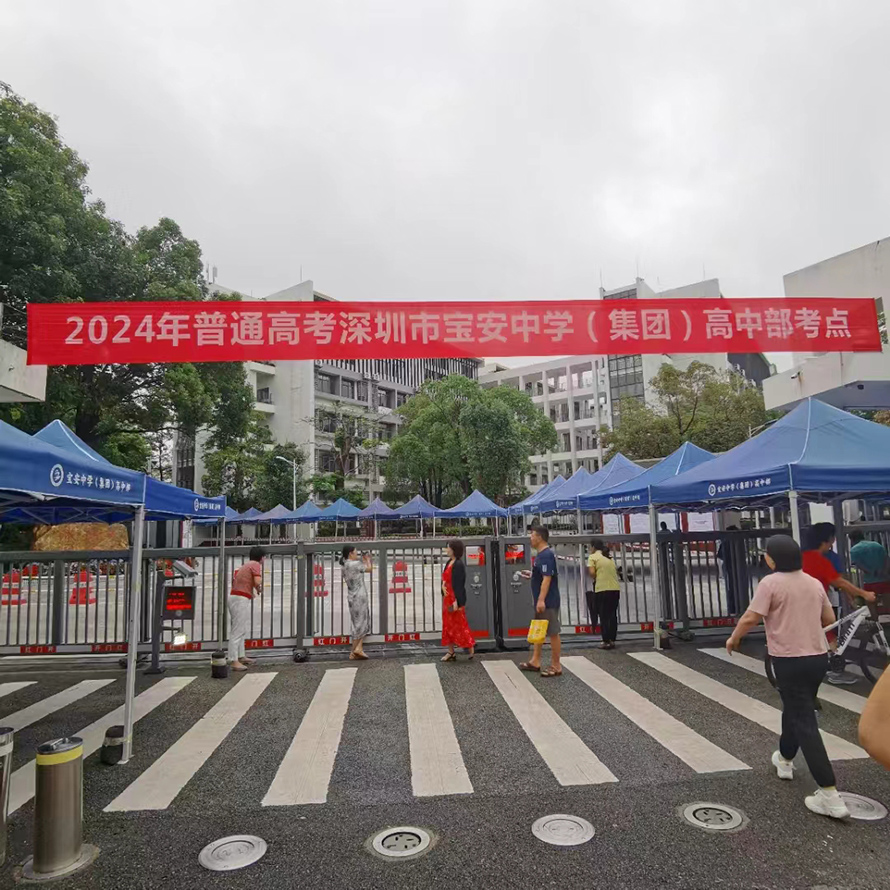
On this important day, today VLG Teletubbies would like to share with you the test room signal interference shielding. Signal shielding technology is mainly implemented through the use of signal blockers (also known as jammers or interrupters). The devices are designed to prevent cheating by blocking cell phones and other wireless communication devices from connecting to outside networks. The following are some key points of college entrance shielding signal technology:
1. ** Working principle ** : The signal blocker interferes with the communication between the mobile phone and the base station by transmitting electromagnetic waves in a specific frequency band. They produce interference signals in the frequency range received by the phone, making it impossible for the phone to detect valid data from the cell tower, and thus unable to establish or maintain a normal communication connection, showing no signal or no service.
2.** Coverage frequency band ** : With the popularization of 5G technology, modern test room signal blockers must be able to cover the full band signal including 2G, 3G, 4G and 5G to ensure effective shielding of the latest communication technology. In addition, some blockers can block Wi-Fi signals (including 2.4GHz and 5.8GHz bands) and GPS signals.
3. ** Power and range ** : The power of the shield determines its effective coverage range. Different power shields are selected depending on the size of the classroom, the distance between the rooms and the distance from the nearest cell tower. Small test rooms may use low-power equipment, while large areas or near cell towers may require higher power shields, and may even require multiple devices to work together to ensure full coverage.
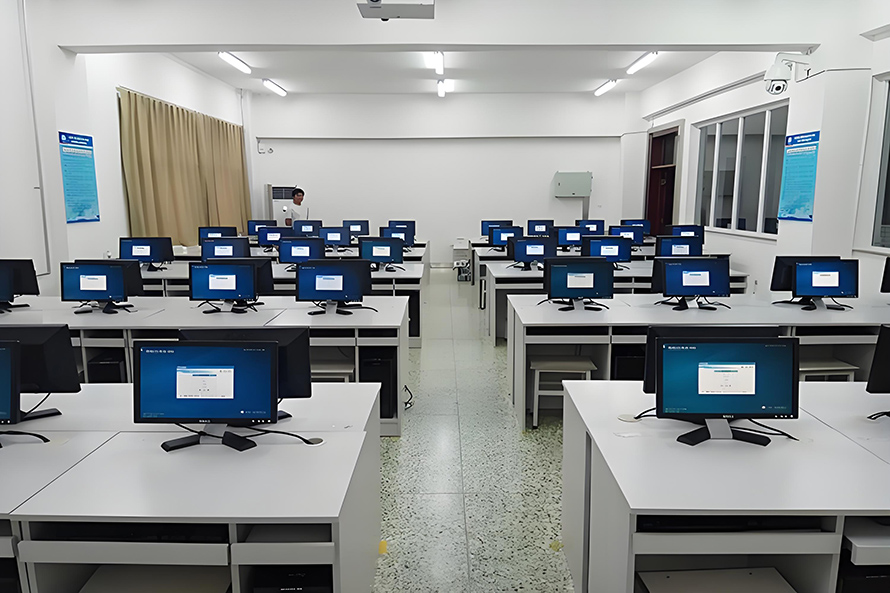
4. ** Product features ** : Modern test room signal blockers usually have the following characteristics:
- High power transmission, such as single channel maximum 2W, the whole machine can reach 24W.
- Built-in high quality switching power supply, adapt to global voltage standards.
- Equipped with high-gain antenna to improve shielding efficiency.
- Block frequency bands can be customized according to customer needs, such as specific WIFI frequencies.
- Enhanced heat dissipation design to ensure long-term stable operation.
- Shell material such as space gray high-strength aluminum alloy, both beautiful and practical.
5. ** Implementation considerations ** : When deploying a test room signal blocker, it is necessary to consider the layout of the test room, the location of the blocker, and the possible technical upgrade needs. Test managers will also coordinate with telecom operators to ensure that there are no unexpected signal leaks during the test, and may notify nearby users of temporary signal outages in advance.

In summary, the college entrance examination shielding signal technology is a comprehensive management measure aimed at maintaining the fairness of the examination and ensuring the purity of the examination environment through advanced technology and equipment.
Of course, these signal shielding technologies are needed in addition to the examination rooms to prevent students from cheating, as well as meetings, examination rooms, prisons, and other confidential places.
There are two main types of antennas used in signal blockers: internal antennas and external antennas.
1. ** Built-in antenna ** :
- The built-in antenna is designed to be more compact and easy to carry and hide, reducing installation complexity and making it more suitable for rapid deployment.
The internal antenna design helps reduce the appearance size of the device, making it more beautiful, and avoiding the safety risks that an external antenna can bring, such as miscontact or damage.
2. ** External antenna ** :
- The blockers of external antennas usually have a stronger signal coverage capability, because external antennas can be larger, gain higher, and it is easier to transmit interference signals in a directional or omnidirectional manner.
- External antenna design allows for more flexibility in antenna orientation and position, optimizing shielding, especially for scenarios requiring long-range or direction-specific coverage.
Whether with built-in or external antennas, these blockers are designed to cover multiple communication bands, including but not limited to 2G, 3G, 4G, 5G and Wi-Fi signals, ensuring effective prevention of wireless communication in the exam room during the gaokao. The type of antenna chosen depends on the specific needs of the test room, the layout of the space, and the requirements for device portability and concealment.

Post time:2024-06-07
